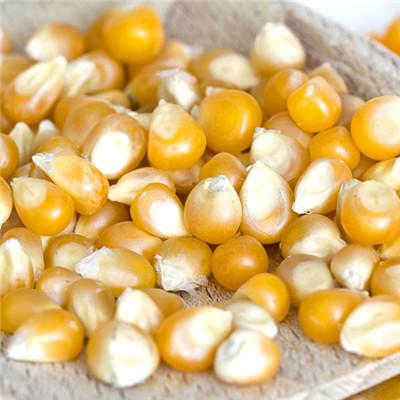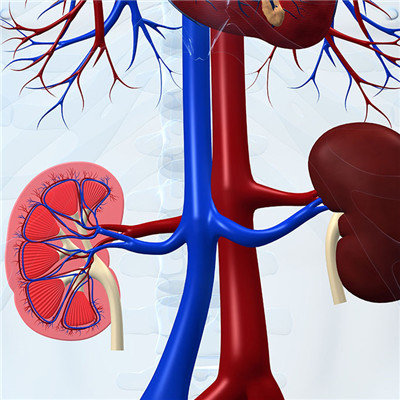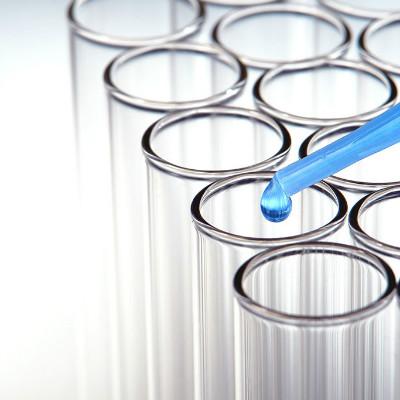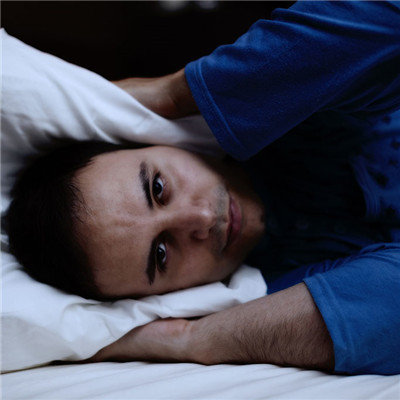Symptoms of cerebral cysticercosis
summary
Cerebral cysticercosis is actually cerebral cysticercosis, which is a kind of brain disease caused by cysticercosis of Taenia solium larvae parasitizing the central nervous system of human body somehow. It is the most common parasitic disease in the central nervous system of China. The clinical manifestations of cerebral cysticercosis are diverse, and often lead to severe lesions, severe patients and even life-threatening, so it is necessary to treat as soon as possible. So the symptoms of cerebral cysticercosis in this analysis.
Symptoms of cerebral cysticercosis
1、 History and symptoms: eating rice and pork or food contaminated by tapeworm. According to the number and location of cysticercosis invading nerve tissue, inflammatory reaction and toxic stimulation symptoms appeared. According to the characteristics of clinical manifestations can be divided into the following types: 1. Meningoencephalitis type: more common, often in a large number of infections lead to diffuse brain edema, reactive inflammation, clinical manifestations of mental symptoms. 2. Epilepsy type: cysticercosis is located in the cortical motor area, epilepsy as a prominent symptom, in the form of large seizures, small seizures, psychomotor seizures. 3. High intracranial pressure type: cysticercosis parasitizes in the ventricular system and affects cerebrospinal fluid circulation. The clinical manifestations are headache, vomiting, blurred vision and other high intracranial pressure symptoms.
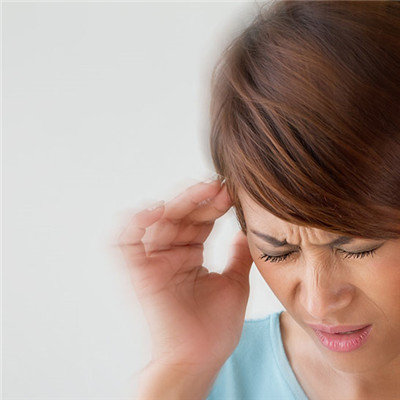
2、 Physical examination found that: according to different clinical types, physical examination can have different clinical signs. 1. Subcutaneous nodule. Most patients can touch round or oval subcutaneous nodules with solid texture, free skin movement and no tenderness, which can be diagnosed by biopsy. 2. Focal signs. The cysticercosis in brain parenchyma may appear corresponding signs of local brain dysfunction due to peripheral inflammatory reaction, such as monoplegia, hemiplegia, ataxia, positive pyramidal tract sign, positive meningeal stimulation sign, etc. High intracranial pressure type can be seen papilledema, vision decline.

3、 Auxiliary examination: 1. Blood and cerebrospinal fluid examination: eosinophilia; 2. Cysticercosis complement binding test was positive; 3. Eggs or segments of tapeworm were found in fecal examination; 4. Lumbar puncture can increase intracranial pressure, CSF cytology and protein. 5. Cranial CT or MRI examination can show multiple scattered lesions in the brain, which can often make a clear diagnosis.

matters needing attention
The most important prevention is to strictly implement the food management law and prohibit pork with cysticercosis from going on the market. In addition, the management and treatment of live pigs are also very important, such as captive breeding, timely treatment of Taenia solium, slaughter of live pigs with cysticercosis, deep burial or industrial raw materials. The prevention of cysticercosis is not to eat lettuce, raw meat, wash hands before and after meals, in order to prevent eating eggs by mistake. In addition, pork should be frozen at minus 12-13 ℃ for 12 hours, which can kill all cysticercosis. If once the disease, to be hospitalized.



